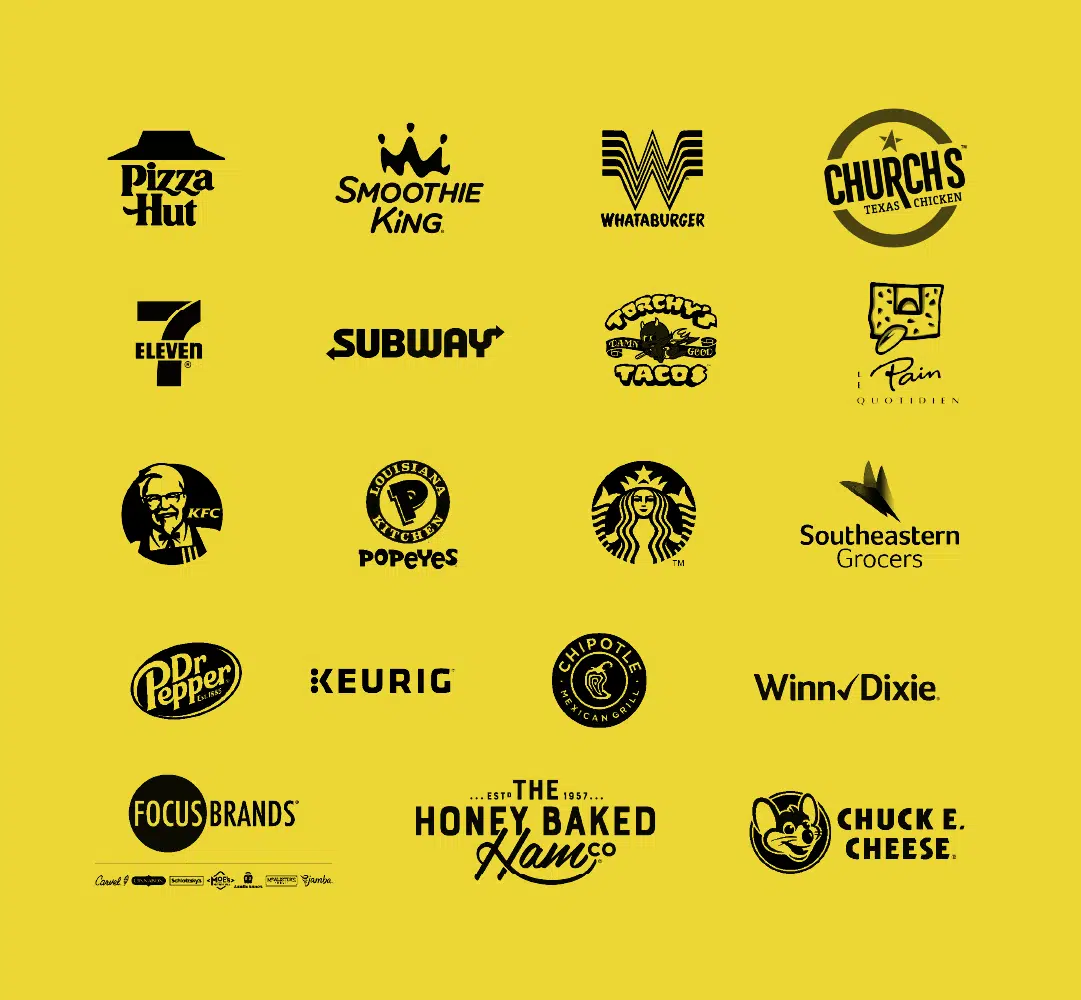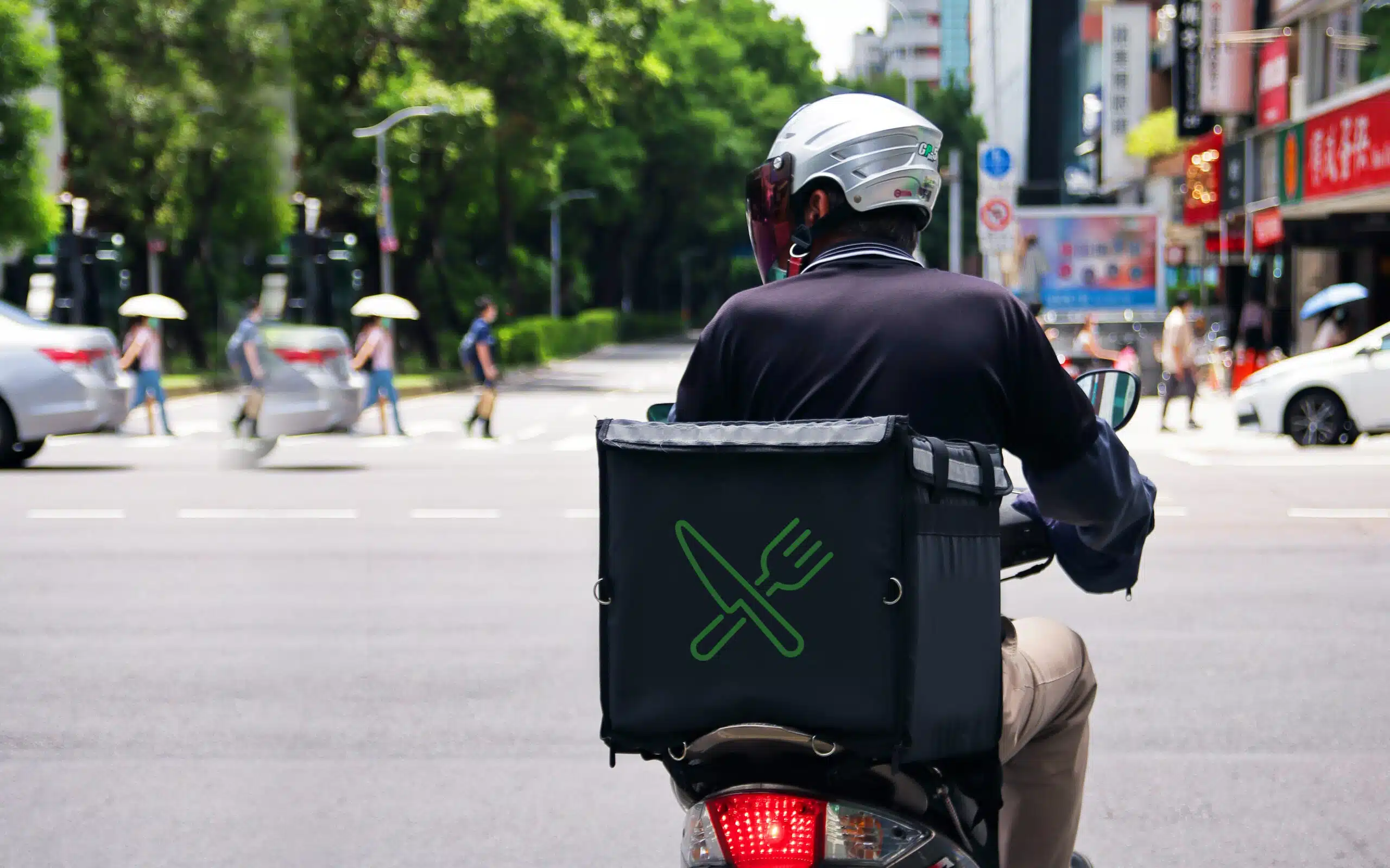Light
This article was written by James Lanyon, EVP, Strategy & Innovation, and Sean Eidson, VP, Strategy & Innovation at Material.
Restaurant leaders and operators faced considerable obstacles over the past few years and should be commended for having navigated a once-in-a-generation business challenge. By the end of 2020 it was estimated that approximately 110,000 U.S. restaurants closed either permanently or long-term.
From the pandemic then straight into inflation, rising interest rates, and softening consumer spending, Material’s view is
- The restaurant category may never normalize.
- Food delivery apps are emerging as the real winners.
- It’s time to take back your margin.
- This can only be done by owning the customer relationship.
Understanding the what and why behind current conditions is the first step in capitalizing on this change. To get there, restaurants need to embrace change as a constant and then optimize, roadmap, and even blow some things up in order to respond faster and exceed customer needs.
Material works with some of the largest and most innovative restaurant brands. Those relationships mean we know what really took place during the pandemic and how managers and operators are thinking about the future.
Using that information, our focus is to provide strategies for growth and long-term customer retention while serving as a partner in disruption for challenger brands looking to uncover new growth by reshaping the restaurant category.

The restaurant category may never return to “normal”
While leaders who made it through the pandemic are to be commended for their courage, persistence, and ingenuity, there were also miscalculations along the way.
The single most impactful miscalculation was to assume that the 2023 post-COVID economy would enable them to resume “business as usual” or at least to get close to pre-2019 operations. This thinking assumed post-COVID business conditions would be favorable and also hinged on the notion the industry itself was heading in the right direction before COVID.
The go-go days
Prior to 2019, consumers were experiencing a massive boom in restaurant choice. Spending on food away from home had roughly doubled to half of all consumer spending in the food category, up from 25% in the late 1950s. But the market was peaking.
A 2019 Washington Post article reported that the boom was about to bust: “We just lived through the greatest period of restaurant growth in U.S. history. Here’s why it’s ending.” The article was a review of James Beard Award-winning food journalist Kevin Alexander’s book Burn the Ice: The American Culinary Revolution and Its End. The Post article was on the heels of articles from Restaurant Business (2018) and The New York Times (2017)—both asserting that there may be too many restaurants
This swell in restaurant monetization typically yielded one of four planning directions for existing concepts:
- Franchise value rejuvination (relaunch the brand)
- Digital ordering enablement (modernize the brand)
- Experience innovation (differentiate the brand)
- Organizational shuffle (differentiate internal delivery)
Regardless of which direction was selected, it was almost always chosen with the sole purpose of elevating unit sales’ potential in a frothy market. Then the pandemic hit and normal stopped. Three years of “there are too many restaurants” signals were muted.
Fast forward to today
The 2023 headline is different from what operators and managers envisioned when thinking about a post-COVID world. It’s clear few, if any, envisioned the impact inflation would have on consumer behavior and commodity prices. No sooner were operators and brand leaders starting to see uptake in digital experience investments and improved hiring when consumers, nervous about inflation, brought about the great trade down and pushed sales towards fast food at the expense of the casual and fast casual sectors.
There’s no doubt that fast casual executives may be looking enviously over the fence towards their QSR peers, many of which are having banner years. But the headline of sales growth doesn’t tell the full story.
This is particularly true when you take into account the role food delivery aggregators play in today’s modern food service marketplace.

The real winners: food delivery apps
The category story in Q1, 2, and 3 has been growth for QSR brands. Restaurant Brands International reported a stellar 2022 system-wide sales growth of 13.4%. Yum! Brands CEO David Gibbs noted, “2022 was a landmark year for Yum! as we beat our own industry record for unit development, opening an incredible 4,560 gross new units.”
While that is impressive, it ignores a deeper, more fundamental reality which is that third-party delivery aggregators have become a whole new sector of the restaurant industry. This reallocation of commerce will have a direct impact on same store sales profitability.
The research service Apptopia released its list of most downloaded food apps 2022 and the results were telling. McDonald’s came in first with an estimated 40MM downloads which was not surprising given the company’s heavy investment in mobile app adoption. More telling was that DoorDash came in a close second at 34MM. When reanalyzing the list, there’s an interesting tug of war between large franchises and third-party delivery services.
McDonald’s, Starbucks, Domino’s, Taco Bell, and Chick-fil-A, all regarded as best in class, were barely able to reach parity with third-party delivery services in mobile market share growth in 2022. Third-party services represent ~52% of the downloads. That’s just one data point in an increasingly complex ecosystem, but it’s important to note that whoever controls the interaction controls the data; and whoever has the data has the relationship.
Whoever controls the interaction controls the data; and whoever has the data has the relationship.
As delivery apps continue to grow in popularity they will continue to serve as a go-between with the customer and the brand while taking a portion of the same store margin which will spell trouble for the restaurant industry over time.


